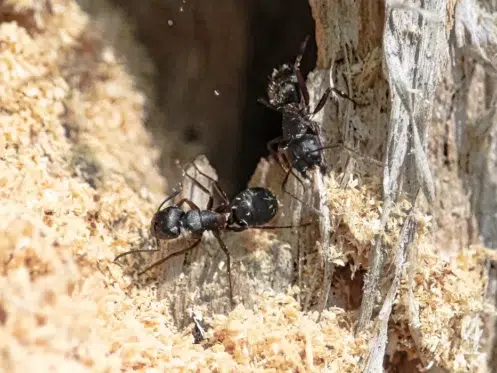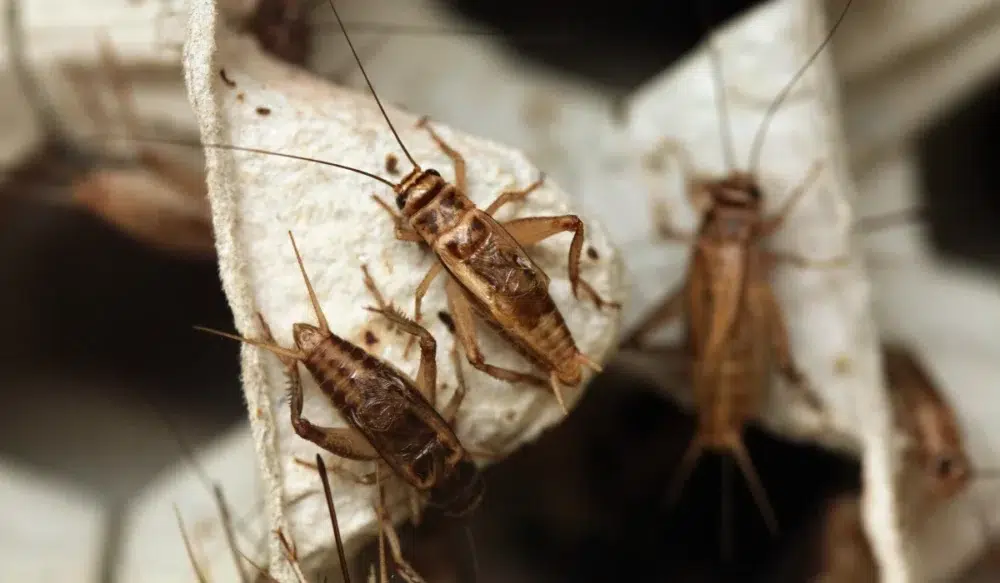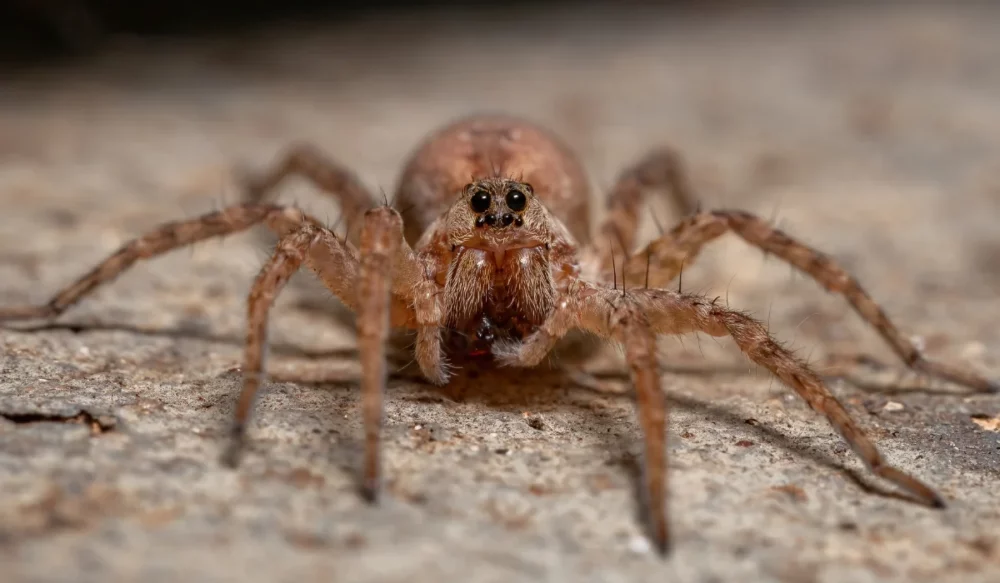If you’ve noticed damaged wood around your home, you might be wondering whether you’re dealing with carpenter ants or termites. Both pests can wreak havoc on wooden structures, but they have distinct differences in appearance, behavior, and the damage they cause.
Let’s break it down so you can identify the problem and take the right steps to protect your home.
Key Takeaways
- Carpenter ants and termites look alike, but their body shape, antennae, wings, and waist help tell them apart.
- Carpenter ants make smooth tunnels in wood, while termites eat wood and cause serious damage.
- Arizona homeowners should watch for mud tubes, wood shavings, hollow wood, and tiny droppings from these pests.
- Moisture problems attract carpenter ants, wood near your home attracts termites, and pest control is needed for infestations.

How to Tell Carpenter Ants and Termites Apart
Carpenter ants and termites look similar at first glance, but a closer look reveals key differences:
| Features | Carpenter Ants | Termites |
|---|---|---|
| Body Shape | Narrow waist | Uniform body |
| Antennae | Elbowed | Straight |
| Sets of Wings | Uneven; front wings larger | Equal-sized; longer than body |
| Color | Black, red, or a mix of both | Pale, creamy white to light brown |
| Waist | Clearly pinched | Broad, no defined waist |
| Legs | Six long, jointed legs | Six short, stocky legs |
| Eyes | Large, well-defined | Small or absent |
| Behavior | Found in walls, attics, and near windows | Cause serious structural damage |
Pest Damage and Signs of Infestation
Carpenter Ant Damage
Carpenter ants don’t actually eat wood. They tunnel through it to create nesting sites. Other signs of a carpenter ant infestation include:
- Small piles of wood shavings (frass) near entry points.
- Smooth, clean tunnels inside the wood.
- Large ant swarmers indoors, especially in spring.
Termite Damage
Unlike carpenter ants, termites consume wood because they rely on cellulose as a food source. Other signs of a termite infestation include:
- Mud tubes along walls, foundations, or wooden structures.
- Termite swarmers inside your home.
- Shed termite wings often near windows.
- Frass (termite droppings) that looks like sawdust or tiny pellets.
- Hollow-sounding or damaged wood with a honeycomb-like structure inside.
Arizona homeowners are particularly at risk for subterranean termites, which are known for building mud tubes to reach food sources.
Drywood termites can also be a concern, as they live directly in wood and leave behind tiny piles of droppings near their nests.
Pest Prevention and Control
Preventing Carpenter Ants
This ant species is drawn to moisture and moist wood. Keep them away by:
- Fix any leaky pipes or areas of moisture in and around your home.
- Remove rotting or water-damaged wood.
- Trim trees and shrubs that touch your home to eliminate bridges for ants.
Preventing Termites
Termites can go undetected for years, causing expensive structural damage. To keep them away, follow these tips:
- Keep firewood, mulch, and wood debris away from your home’s foundation.
- Make sure gutters and downspouts direct water away from your home.
- Schedule regular termite inspections, especially where termites are common.
When to Call a Pest Control Company
If you’re seeing signs of termite damage or a carpenter ant infestation, it’s best to call a professional pest control company.
At Green Home Pest Control, we offer comprehensive pest management solutions for Phoenix, Scottsdale, Chandler, and Tucson homeowners. Whether you need carpenter ant control or termite treatment, our team of exterminators is here to help.
If you suspect carpenter ants or termites, don’t wait—contact us today for a professional evaluation!



